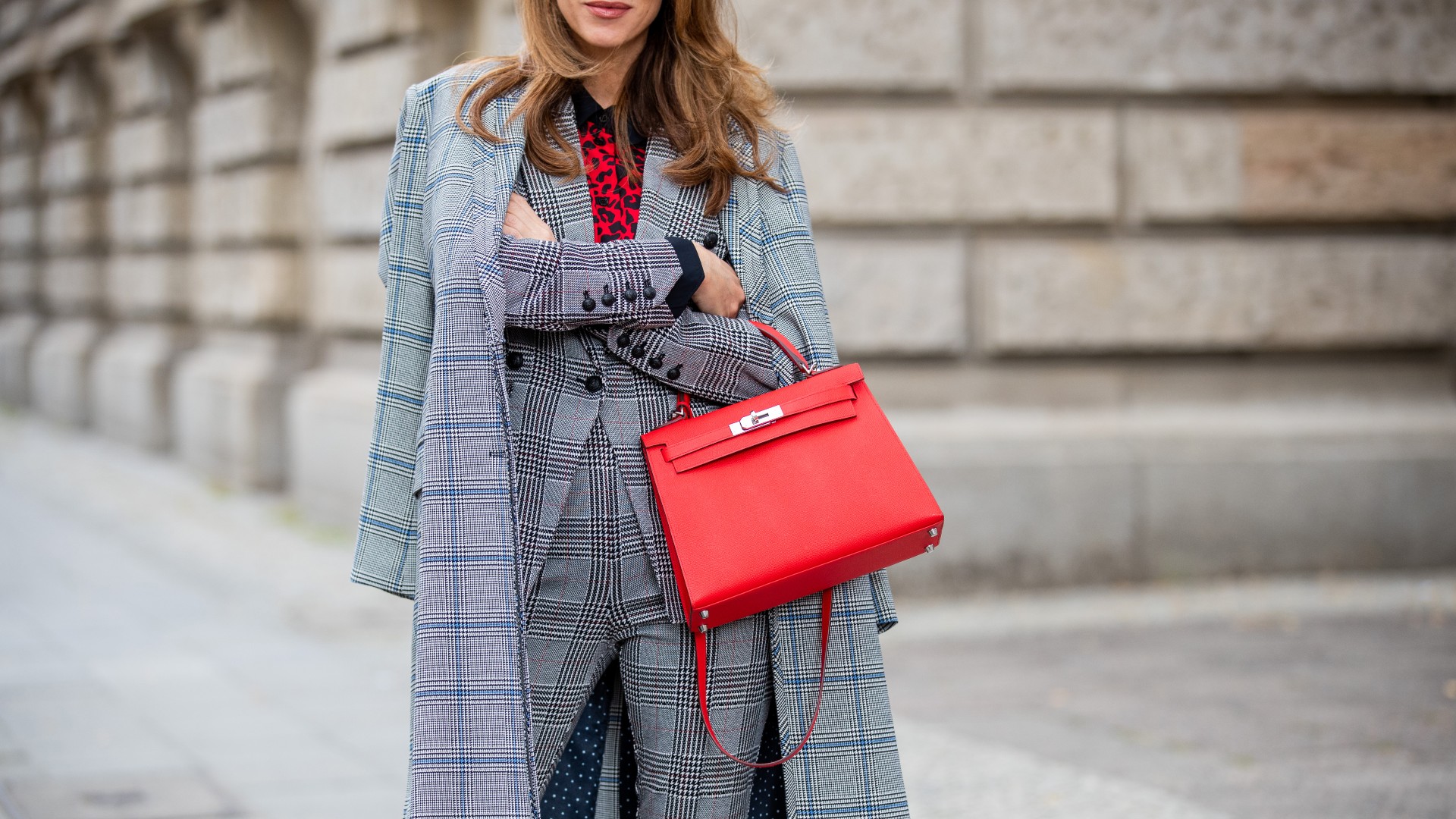What Are Alternative Investments?
From Birkin bags to Banksy NFTs, entry-level and seasoned investors alike must be familiar with these factors to determine whether they should invest in the ever-changing world of alternative investments.


Alternative investments, or “Alts” as they’re sometimes abbreviated, are exactly as they sound—a different asset that doesn’t fall into the three most common investment categories (stocks, bonds, cash). Alternative investments are typically categorized as "fancy" investments for high-net-worth investors, (private equity, hedge funds, real estate, commodities, etc). But the world of Alts also includes collectibles, including art, handbags, watches, wines, and, yes, crypto.
“The categories could include anything from fine art and music royalties, to NFTs and luxury items, to collectibles like sports cards and sneakers,” explains Leah Smith, a director at investing app Public.com, where she oversees the acquisition of alternative assets.
As with any investment, the goal is to grow the asset’s value over time, adds Magdalena Johndrow, financial advisor and managing partner at Johndrow Wealth. But that’s about the only similarity between alternative and traditional investments. Johndrow highlights four significant differences between them: liquidity, risk, who can invest in alternatives, and fees.
Whether you want to start investing in real estate investment trusts, a Banksy NFT, or a rare Rouge Hermès Birkin, would-be alternative investors must understand these four factors to determine whether they can benefit.
Liquidity
An investment with high liquidity means that you can usually find a willing and able buyer of your asset, and quickly turn your investment into cash, perhaps in a few days, says Johndrow. Since alternative investments typically don’t trade in primary markets (like the New York Stock Exchange or NASDAQ), you must go through a secondary market, like an auction house or a specialized online marketplace like The RealReal, where there are typically a lot less investors participating and thus can’t be turned to cash as quickly — the goods are considered a low liquidity investment.
For example, buyers of luxury art are a smaller group compared to those who purchase stocks or bonds, so you must purchase through personal relations, galleries or an auction house, which lowers the liquidity.
Risk
Alternative investments tend to carry higher risk than traditional investments because they are often more complex. This is because Alts don’t act like stocks or bonds, and, again, aren’t traded on primary markets. “Furthermore, Alts tend to be less regulated, or sometimes even unregulated when compared to traditional investments,” adds Johndrow.
Stay In The Know
Get exclusive access to fashion and beauty trends, hot-off-the-press celebrity news, and more.
Who should invest in Alts?
Due to the differences in liquidity and risk, not everyone is able to invest in alternatives. “In many cases only ‘accredited investors’ can participate in alternative offerings,” says Johndrow.
An accredited investor is a person with an annual income of at least $200,000 to $300,000, or an investor whose net worth exceeds $1 million. “Wealthy individuals have been using alternative assets to diversify their portfolios and hedge against risk for as far back as investing goes,” furthers Smith. But read on below to learn more about alt opportunities for newer investors.
Fees
There are typically higher fees associated with alternative investments. Johndrow provides the example of hedge funds, which can charge up to 20 percent of their profits. This last difference furthers on why alternative investments aren’t for everyone.
Understanding the differences between traditional and alternative assets is simply part of deciding whether this investment route suits your current financial status and future goals—because as with the risk of alternative investment, also comes reward.
The Bright Side of Alternatives
A safe way to protect your portfolio from risk, including the risks associated with alts, is diversification. “By diversifying amongst asset classes, you are less likely to find all of your investments down or up at the same time,” advises Johndrow. When evaluating how alternative investments can serve investors long term, Smith points to the current volatility of the stock market.
We don’t need to remind you that stocks and even cash and crypto are depreciating because of high inflation, however, Smith emphasizes other markets that have been performing well. “We have seen the high end of art and collectives market hold up relatively well in the current climate. This market behavior is exactly why we advocate for portfolio diversification, including with alternative investments.”
Smith references some other high-end physical collectibles in established categories that have held up best, including trading cards and the broadest index of global fine wines. “We’ve continued to see impressive sales across many categories this year."
Just last month, the first comic featuring Wonder Woman sold for more than $1 million. Just this past weekend, a Muhammad Ali Title belt became "one of the most expensive pieces of sports memorabilia of all time," says Smith. These outliers aside, most newbies or younger investors are exploring more accessible options, such as fashion NFTs (which could be worth $50 billion by 2030, according to Morgan Stanley) or the sneaker resale market (which is worth an estimated $10 billion).
“Because many of these asset classes tend to be uncorrelated to the latest market volatility, they can help investors get stronger risk-adjusted returns and hedge against down and irregular economic cycles.”
This is particularly true when it comes to the double-edged sword that is liquidity. “While lack of liquidity is often seen as a negative for alternatives, sometimes it can be a positive as it allows the time needed for your investment to ideally grow in value,” says Johndrow.
How to Get Started with Alts
When it comes to choosing the best Alts category to invest in, the answer is personal and must be tailored to one’s current finances and goals. One’s knowledge of a certain market can also play a role. For example, a fashion aficionado will likely be well-equipped to delve into the world of investing in handbags. A sommelier has good reason to research wine investments. Johndrow encourages investors to assess their overall portfolio, and perhaps work with a financial advisor to determine how much should be allocated toward alternative investments (we’ve heard too many crypto horror stories this year).
From there, she recommends potential investors explore the category that seeks out to achieve that goal, then compare investments within that category against each other to decide on the right Alt for your wealth-building strategy.

Jillian Dara is a freelance journalist with an enthusiasm to learn from the world, combining stories in travel and wellness, culture and human interest. Jillian also contributes to Forbes, Travel + Leisure, Shape, and Men's Journal.
-
 Rihanna Styles Sneakers Designed By A$AP Rocky
Rihanna Styles Sneakers Designed By A$AP RockyPaired with a printed Dior bag, of course.
By Kelsey Stiegman
-
 Of Course, Miley Cyrus Would Pair Her Wolf Cut With Micro Bangs
Of Course, Miley Cyrus Would Pair Her Wolf Cut With Micro BangsAnd pull it off.
By Ariel Baker
-
 The One Nordstrom Brand I’ve Worn for Years—And What I’m Buying Next
The One Nordstrom Brand I’ve Worn for Years—And What I’m Buying Next22 affordable finds that will convert you.
By Julia Marzovilla